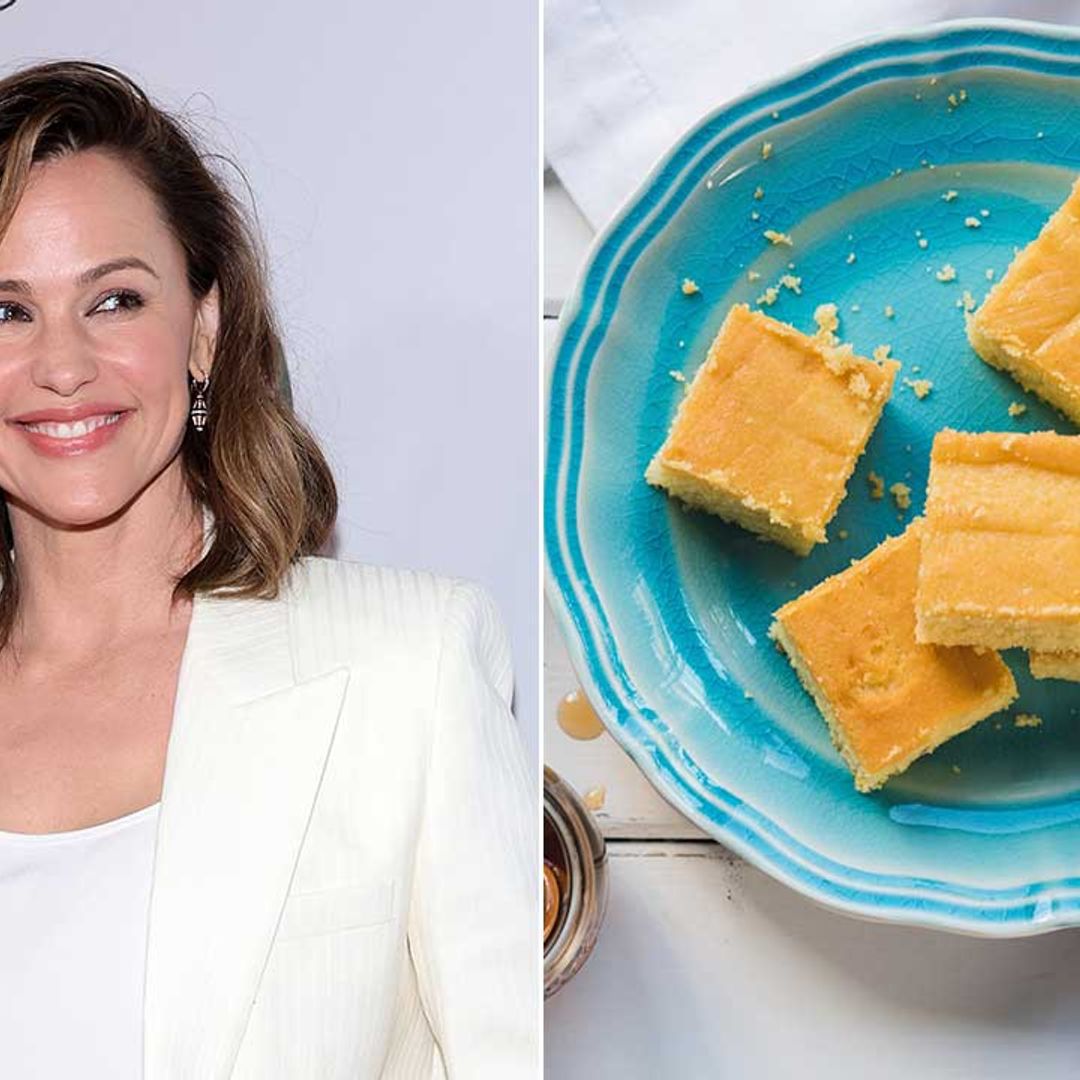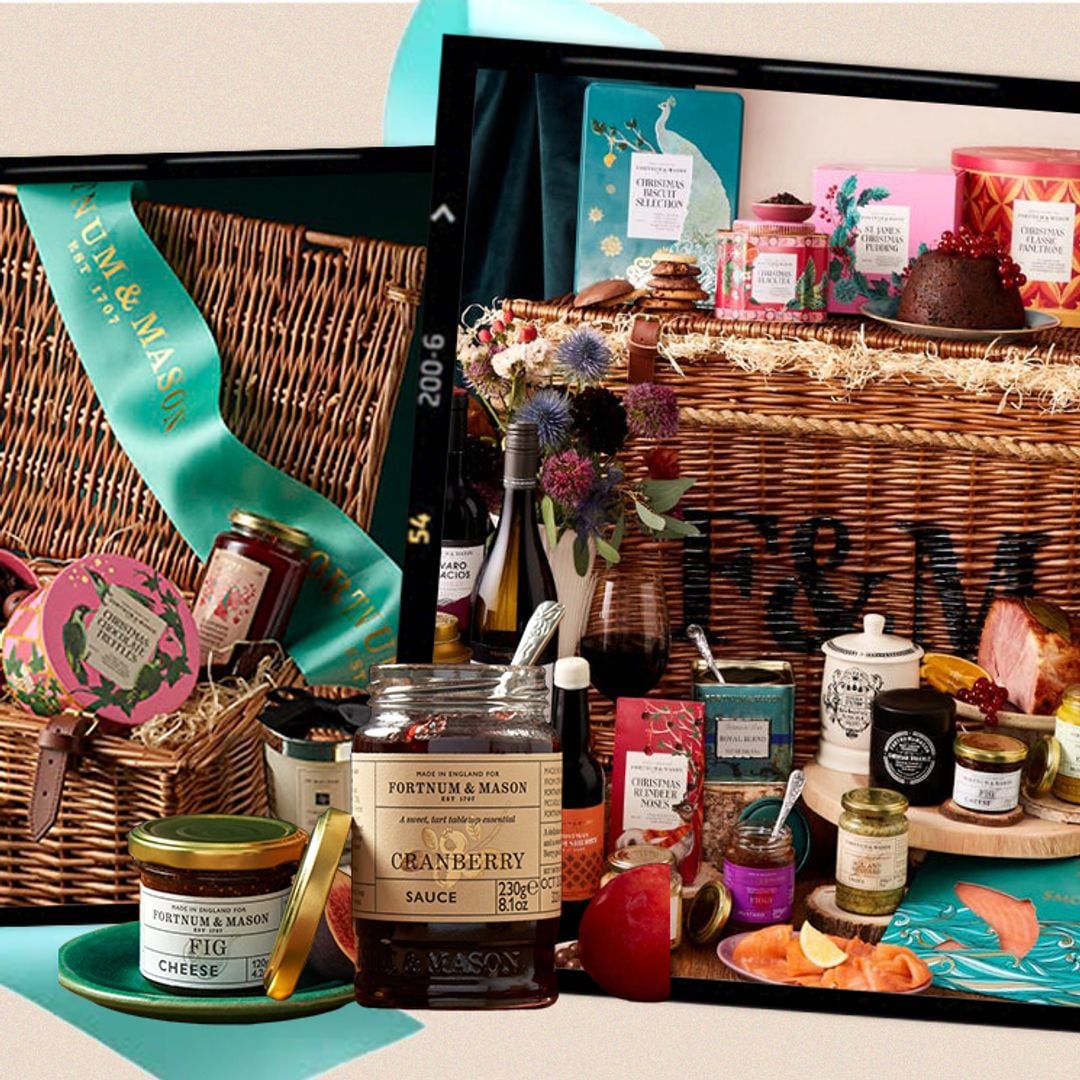With our streets decked with bunting and the patriotic spirit greater than ever before, what better time to indulge in a quintessential cream tea. Its origins are hazy – both Devon and Cornwall claim it as their own in a debate that has divided the West Country for years.
Devon, keen to protect what it believes to be one of its finest exports, takes the matter seriously. One of the county’s dairy farms has even launched a campaign to protect the name “Devon cream tea”. Another bone of contention is the way in which this traditional summer delight should be served and eaten. Let’s not even begin to debate whether 'scone' is pronounced skon or skoan! Nowadays, many modern variations of the original version exist – additions such as dainty finger sandwiches, delicate cakes and champagne have made tea time a far fancier affair. But at its core the cream tea consists of four simple components: freshly baked scones, a dollop of fruity jam, lashings of clotted cream and a piping hot pot of tea.
West country cows are famed for their fabulous clotted cream
Traditionalists insist on strawberry jam, but the truth is any good quality berry jam tastes great. So what’s the right way to eat your cream tea? The Cornish insist on spreading the jam first, then adding the clotted cream on top. Meanwhile, Devonians resolutely do it the other way round. However you decide to spread your condiments, one thing is for sure: a West Country cream tea is unrivalled elsewhere.









